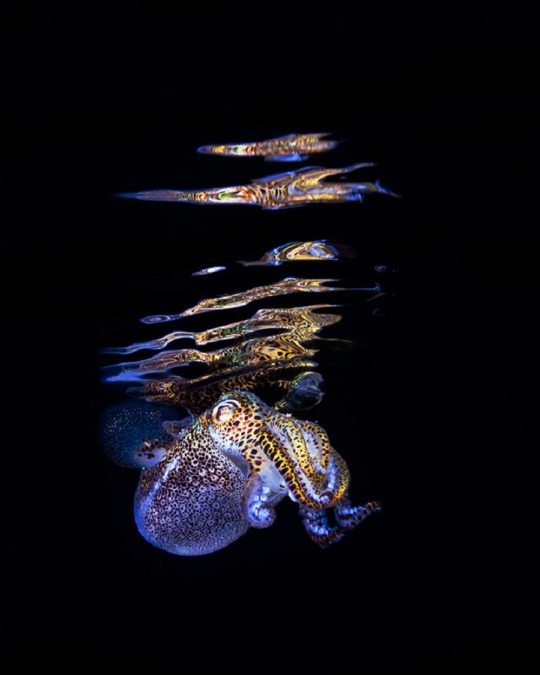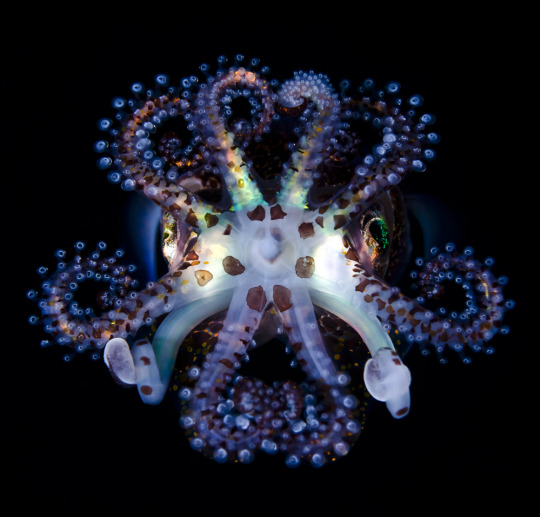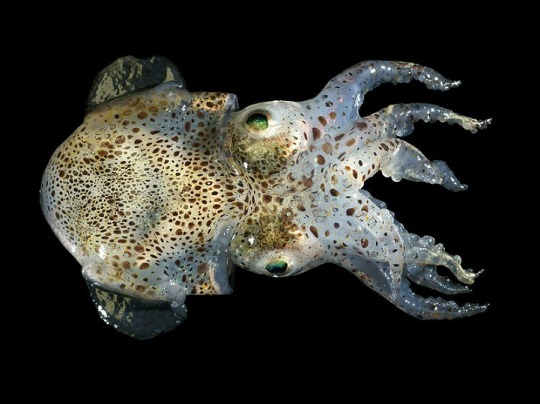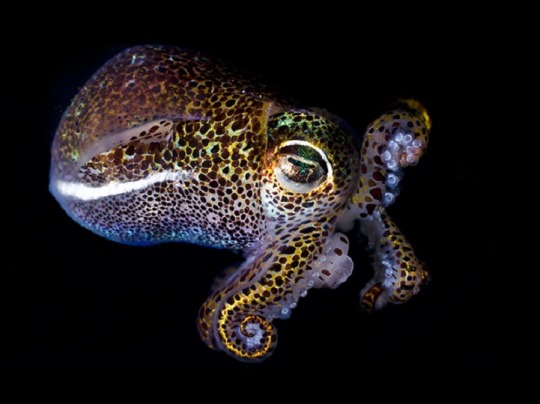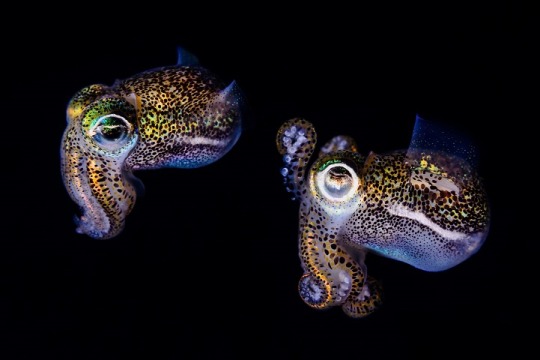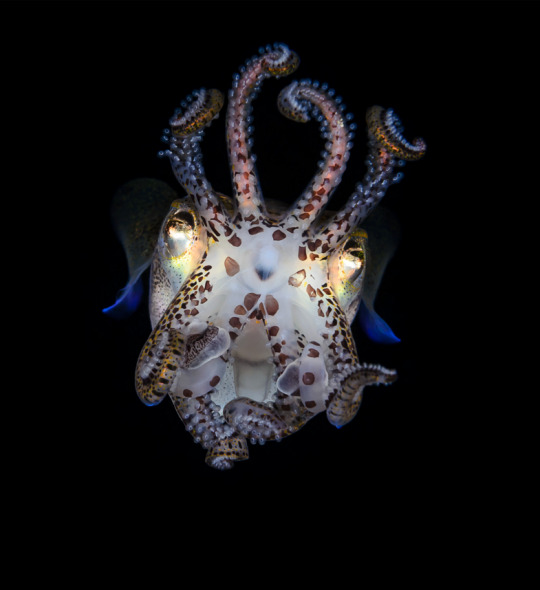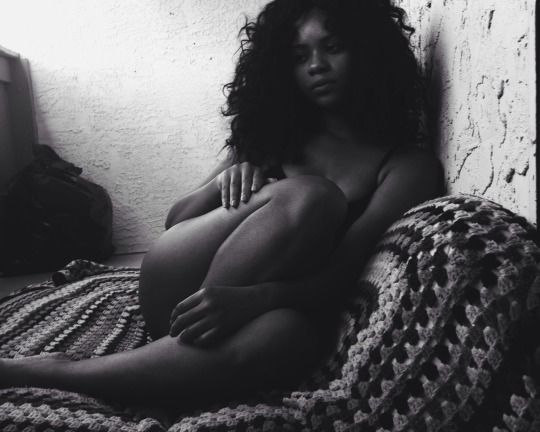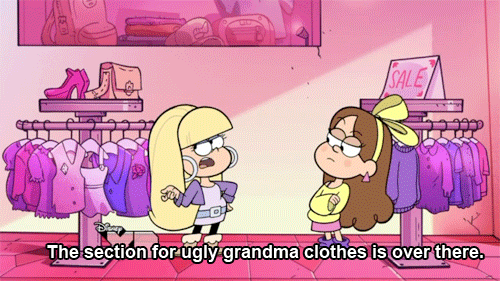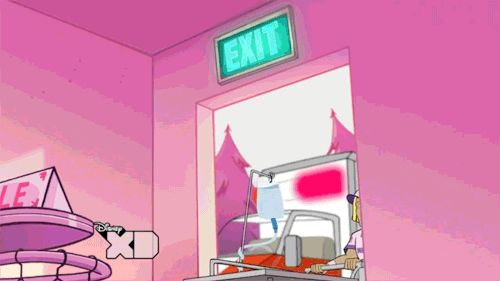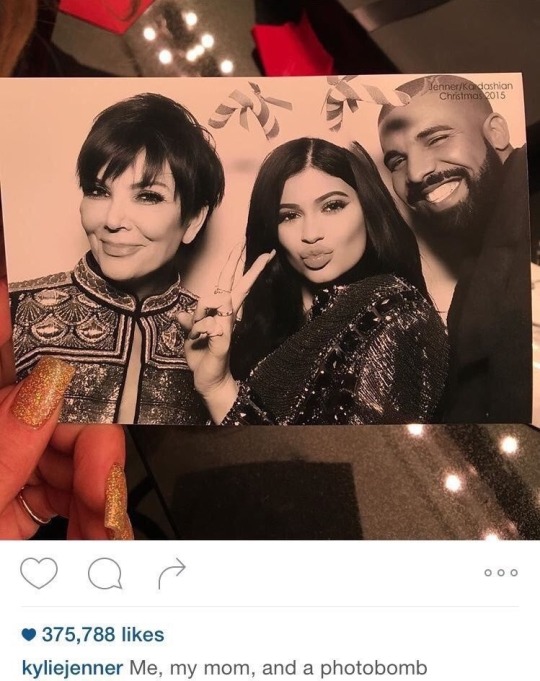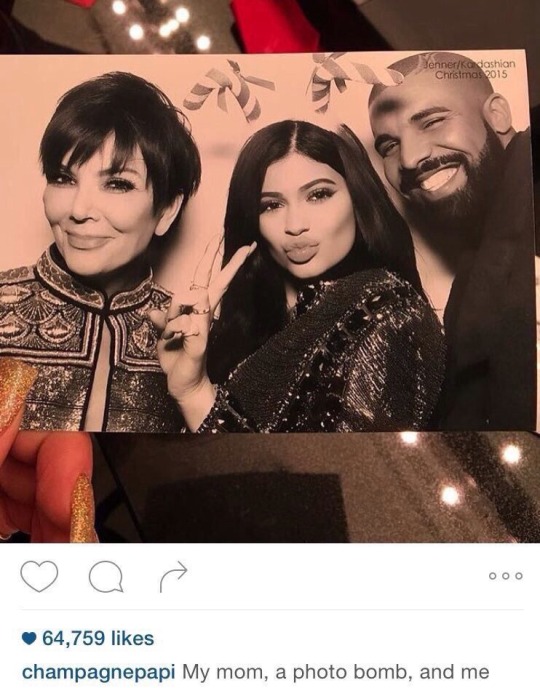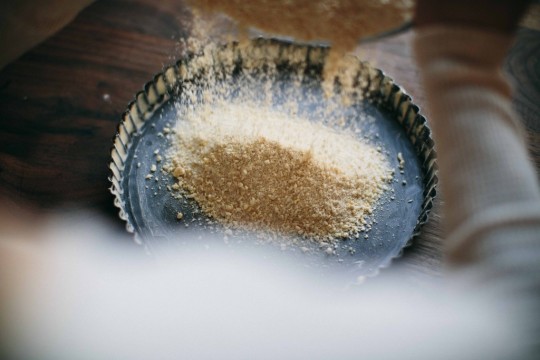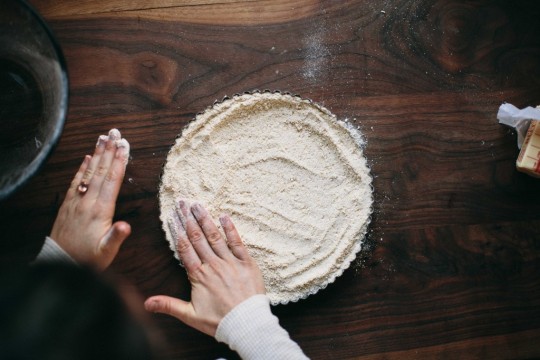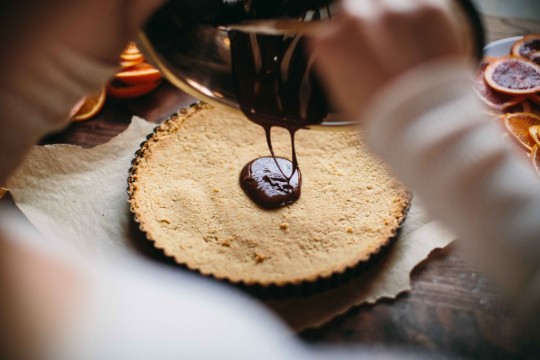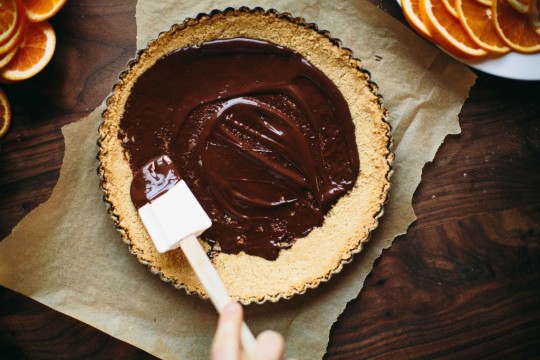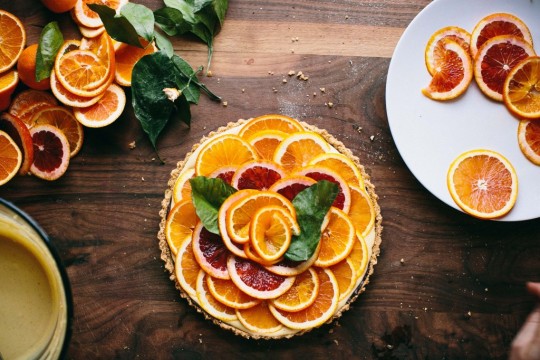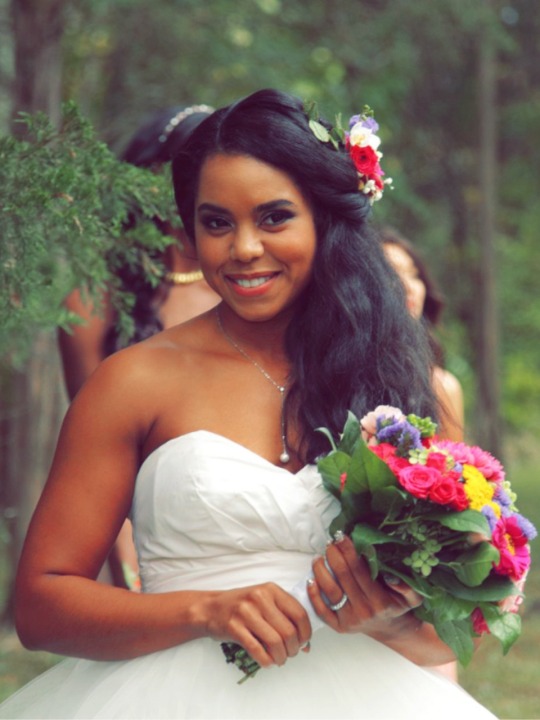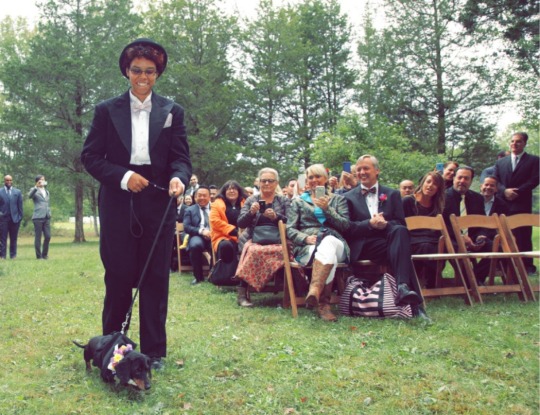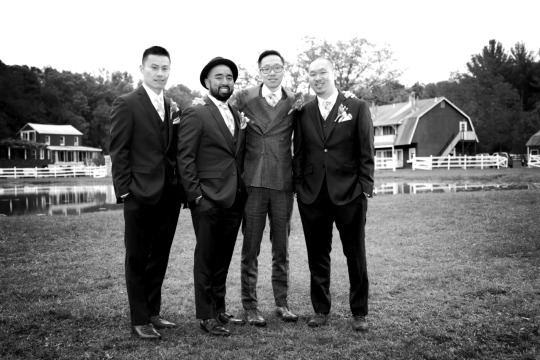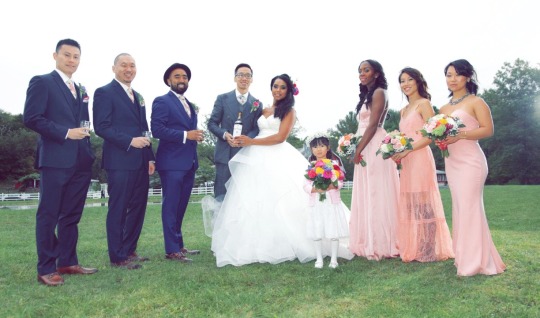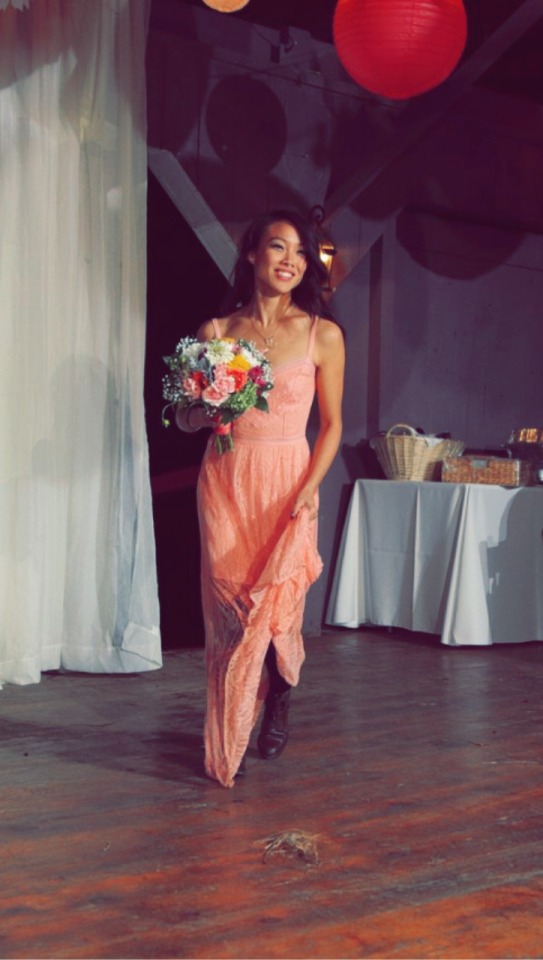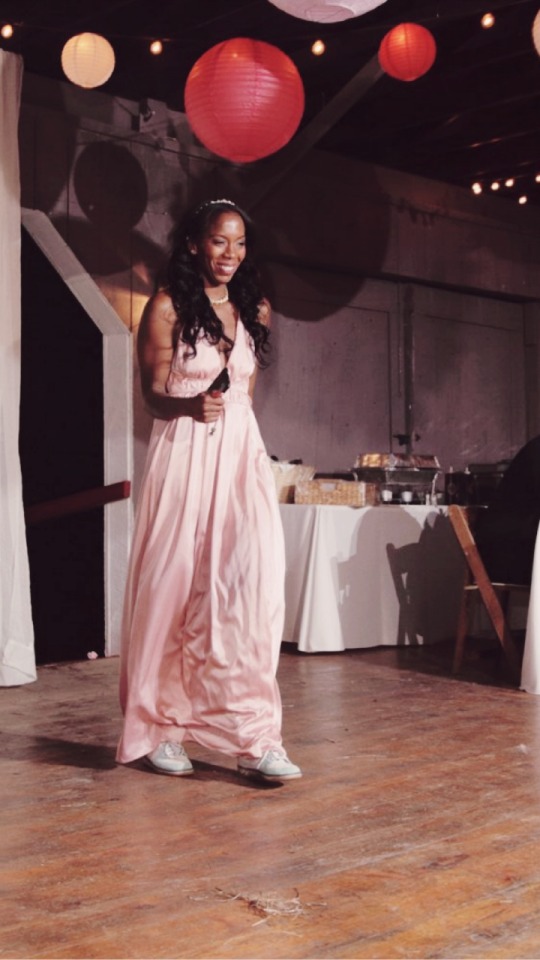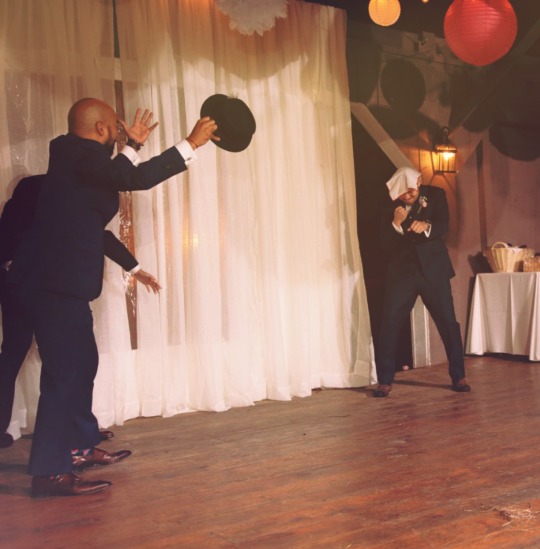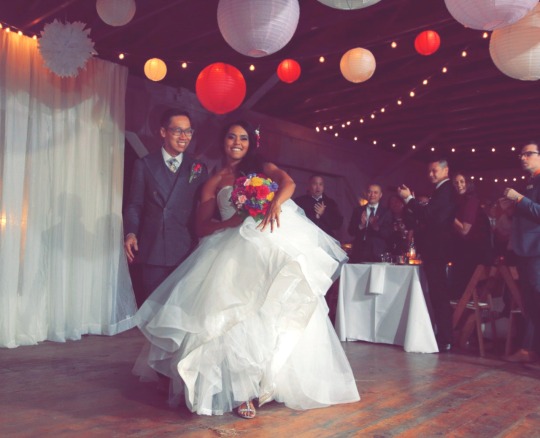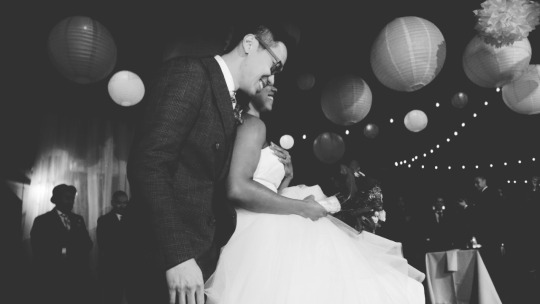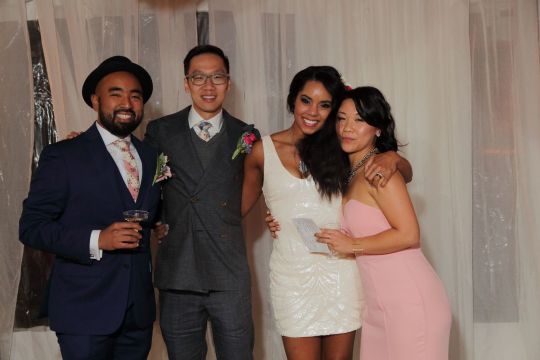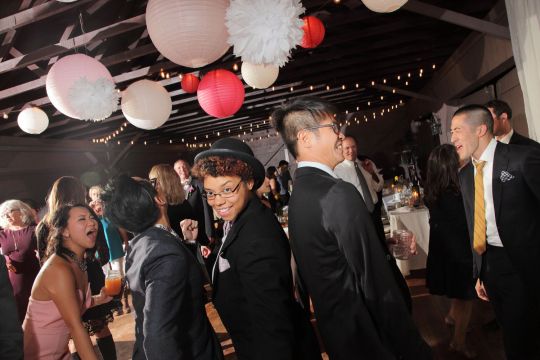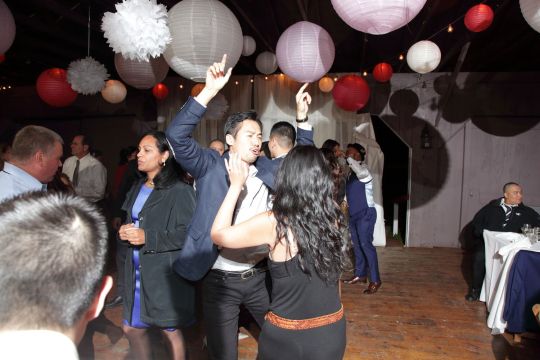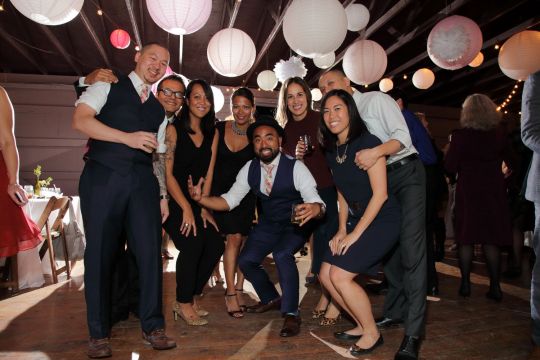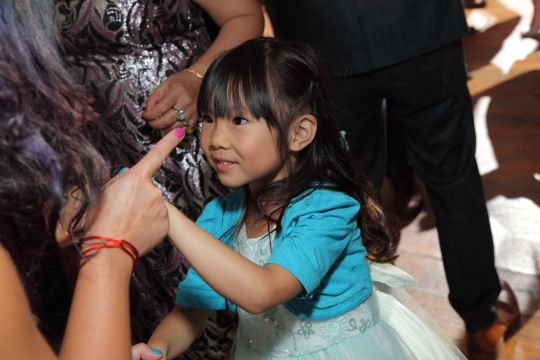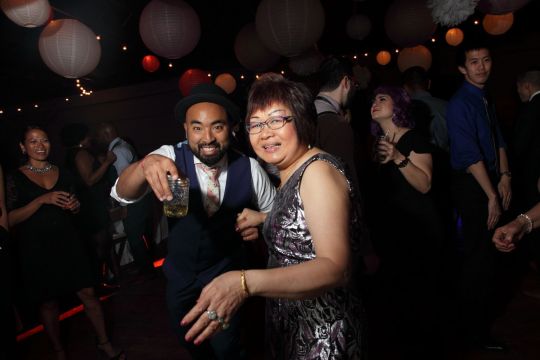Link
//ugh. My heart. Those are the measurements my mother gives me. And I never cared to learn.
I’m so tired of white guys on TV telling me what to eat. I’m tired of Anthony Bourdain testing the waters of Korean cuisine to report back that, not only will our food not kill you, it actually tastes good. I don’t care how many times you’ve traveled to Thailand, I won’t listen to you—just like the white kids wouldn’t listen to me, the half-Korean girl, defending the red squid tentacles in my lunch box. The same kids who teased me relentlessly back then are the ones who now celebrate our cuisine as the Next Big Thing.
I grew up in the Pacific Northwest, in a small college town that was about 90 percent white. In my adolescence I hated being half Korean; I wanted people to stop asking, “Where are you really from?” I could barely speak the language and didn’t have any Asian friends. There was nothing about me that felt Korean—except when it came to food.
At home my mom always prepared a Korean dinner for herself and an American dinner for my dad. Despite the years he’d lived in Seoul, selling cars to the military and courting my mom at the Naija Hotel where she worked, my dad is still a white boy from Philadelphia.
So each night my mom prepared two meals. She’d steam broccoli and grill Dad’s salmon, while boiling jjigae and plating little side dishes known as banchan. When our rice cooker announced in its familiar robotic voice, “Your delicious white rice will be ready soon!” the three of us would sit down to a wondrous mash-up of East and West. I’d create true fusion one mouthful at a time, using chopsticks to eat strips of T-bone and codfish eggs drenched in sesame oil, all in one bite. I liked my baked potatoes with fermented chili paste, my dried cuttlefish with mayonnaise.
There’s a lot to love about Korean food, but what I love most is its extremes. If a dish is supposed to be served hot, it’s scalding. If it’s meant to be served fresh, it’s still moving. Stews are served in heavy stone pots that hold the heat; crack an egg on top, and it will poach before your eyes. Cold noodle soups are served in bowls made of actual ice.
By my late teens my craving for Korean staples started to eclipse my desire for American ones. My stomach ached for al tang and kalguksu. On long family vacations, with no Korean restaurant in sight, my mom and I passed up hotel buffets in favor of microwaveable rice and roasted seaweed in our hotel room.
And when I lost my mother to a very sudden, brief, and painful fight with cancer two years ago, Korean food was my comfort food. She was diagnosed in 2014. That May she’d gone to the doctor for a stomachache only to learn she had a rare squamous cell carcinoma, stage four, and that it had spread. Our family was blindsided.
I moved back to Oregon to help my mother through chemotherapy; over the next four months, I watched her slowly disappear. The treatment took everything—her hair, her spirit, her appetite. It burned sores on her tongue. Our table, once beautiful and unique, became a battleground of protein powders and tasteless porridge. I crushed Vicodin into ice cream.
Dinnertime was a calculation of calories, an argument to get anything down. The intensity of Korean flavors and spices became too much for her to stomach. She couldn’t even eat kimchi.
I began to shrink along with my mom, becoming so consumed with her health that I had no desire to eat. Over the course of her illness, I lost 15 pounds. After two rounds of chemo, she decided to discontinue treatment, and she died two months later.
As I struggled to make sense of the loss, my memories often turned to food. When I came home from college, my mom used to make galbi ssam, Korean short rib with lettuce wraps. She’d have marinated the meat two days before I’d even gotten on the plane, and she’d buy my favorite radish kimchi a week ahead to make sure it was perfectly fermented.
Then there were the childhood summers when she brought me to Seoul. Jet-lagged and sleepless, we’d snack on homemade banchan in the blue dark of Grandma’s humid kitchen while my relatives slept. My mom would whisper, “This is how I know you’re a true Korean.”
But my mom never taught me how to make Korean food. When I would call to ask how much water to use for rice, she’d always say, “Fill until it reaches the back of your hand.” When I’d beg for her galbi recipe, she gave me a haphazard ingredient list and approximate measurements and told me to just keep tasting it until it “tastes like Mom’s.”
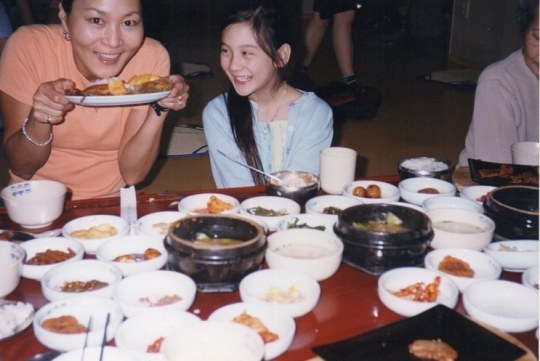
After my mom died, I was so haunted by the trauma of her illness I worried I’d never remember her as the woman she had been: stylish and headstrong, always speaking her mind. When she appeared in my dreams, she was always sick.
Then I started cooking. When I first searched for Korean recipes, I found few resources, and I wasn’t about to trust Bobby Flay’s Korean taco monstrosity or his clumsy kimchi slaw. Then, among videos of oriental chicken salads, I found the Korean YouTube personality Maangchi. There she was, peeling the skin off an Asian pear just like my mom: in one long strip, index finger steadied on the back of the knife. She cut galbi with my mom’s ambidextrous precision: positioning the chopsticks in her right hand while snipping bite-size pieces with her left. A Korean woman uses kitchen scissors the way a warrior brandishes a weapon.
I’d been looking for a recipe for jatjuk, a porridge made from pine nuts and soaked rice. It’s a dish for the sick or elderly, and it was the first food I craved when my feelings of shock and loss finally made way for hunger.
I followed Maangchi’s instructions carefully: soaking the rice, breaking off the tips of the pine nuts. Memories of my mother emerged as I worked—the way she stood in front of her little red cutting board, the funny intonations of her speech.
For many, Julia Child is the hero who brought boeuf bourguignon into the era of the TV dinner. She showed home cooks how to scale the culinary mountain. Maangchi did this for me after my mom died. My kitchen filled with jars containing cabbage, cucumbers, and radishes in various stages of fermentation. I could hear my mom’s voice: “Never fall in love with anyone who doesn’t like kimchi; they’ll always smell it coming out of your pores.”
I’ve spent over a year cooking with Maangchi. Sometimes I pause and rewind to get the steps exactly right. Other times I’ll let my hands and taste buds take over from memory. My dishes are never exactly like my mom’s, but that’s OK—they’re still a delicious tribute. The more I learn, the closer I feel to her.
One night not long ago, I had a dream: I was watching my mother as she stuffed giant heads of Napa cabbage into earthenware jars.
She looked healthy and beautiful.
Michelle Zauner is a writer and musician in Brooklyn.
30K notes
·
View notes
Photo



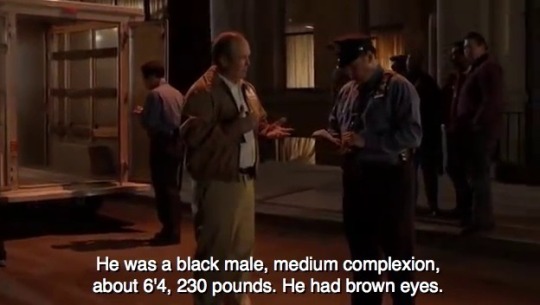
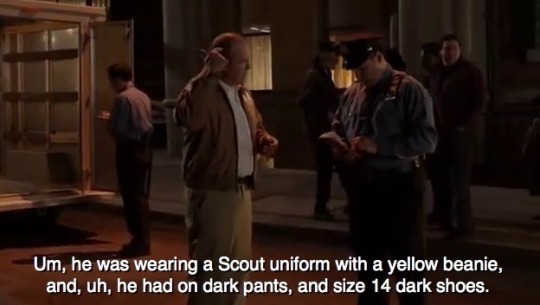


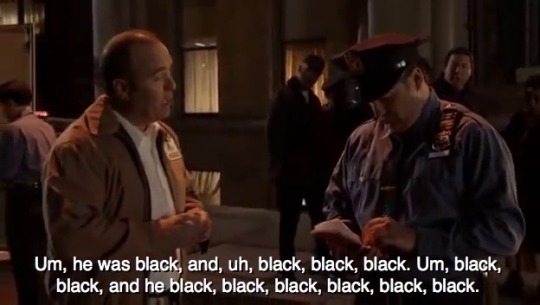
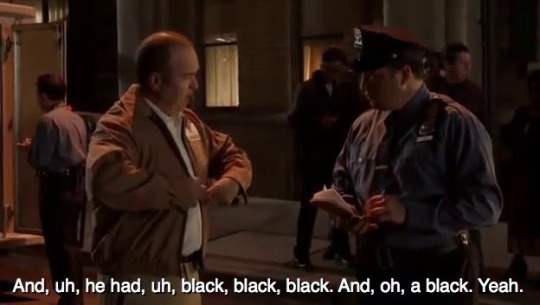
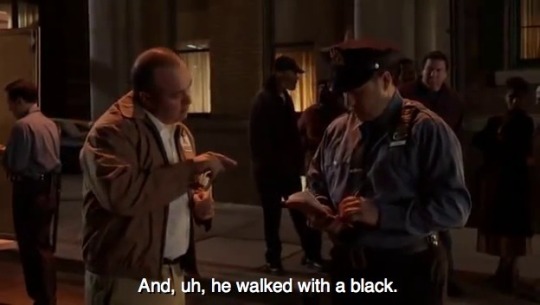
I cannot believe… they let chris rock get away with this
628K notes
·
View notes
Photo
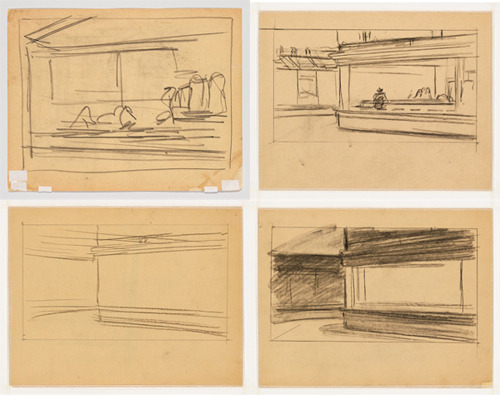

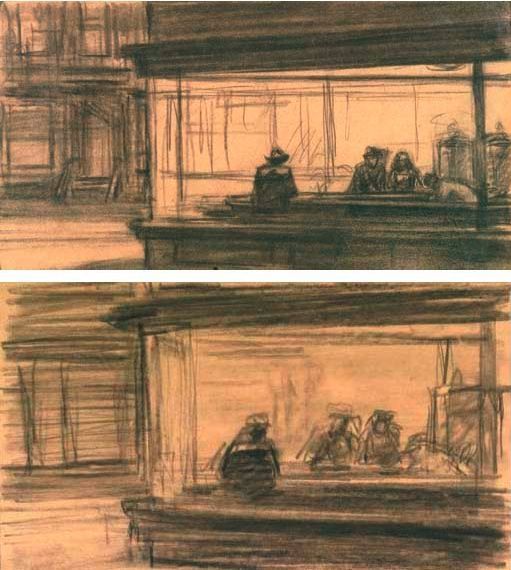

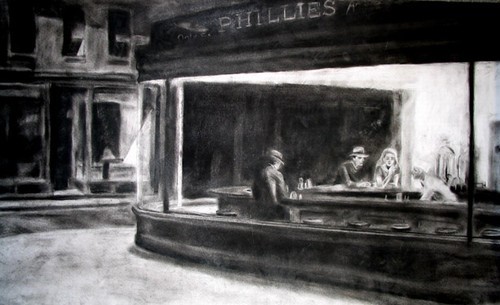

Edward Hopper, Sketches and preliminaries for Nighthawks, 1942
54K notes
·
View notes
Photo

‘Connector hubs’ are the champions of brain coordination
Swinging a bat at a 90-mph fastball requires keen visual, cognitive and motor skills. But how do diverse brain networks coordinate well enough to hit the ball?
A new UC Berkeley study suggests the human brain’s aptitude and versatility can be credited in large part to “connector hubs,” which filter and route information. They coordinate and integrate the flow of data so that brain networks dedicated to specific roles, such as vision and movement, can focus on their jobs.
“Our findings show that connector hubs allow for distinct networks to each do their own thing, yet still interact with each other effectively,“ said study lead author Maxwell Bertolero, a Ph.D. student in neuroscience at UC Berkeley.
Moreover, the brain’s two dozen or so connector hubs play a key role in complex cognitive tasks, and are vulnerable to brain damage and dysfunction. Thus, the findings could “help neuroscientists shed more light on the neural bases of disorders such as schizophrenia and Alzheimer’s,” which are marked by malfunctions in the brain’s wiring, Bertolero said.
The findings are the result of a meta-analysis conducted in January by Bertolero and fellow researchers at UC Berkeley and the National University of Singapore of more than 9,000 brain imaging studies in the BrainMap database that cover more than 75 cognitive tasks.
The study, just published in the Proceedings of the National Academy of Sciences, found heightened neural activity in the brain’s connector hubs during complex tasks, such as puzzles and video games, while networks dedicated to specific functions did not need to put in extra work.
The more complex the task, in that more networks are required for the job, the greater the activity in the connector hubs, keeping the burden off individual networks, the study found.
Like an airline hub, the brain’s main connector hubs link to multiple brain networks like transfer stations. These hubs have been found in the brains of many mammals, including mice and macaque monkeys.
Previous studies have linked connector hubs to the coordination and integration of information between multiple brain networks, but this latest study measured exactly how much of the work was being done by the hubs vis–à–vis networks dedicated to specific tasks.
The experiments used functional magnetic resonance imaging to measure increased blood flow throughout the brain, a marker of increased neural activity, during a wide range of activities, including finger-tapping, whistling, chewing, drawing, writing, reading, watching a movie and playing video games and memory games.
Researchers mapped the brain’s connections as one would analyze a large-scale network such as the U.S electrical grid, global flight patterns or Linkedin professional connections, creating a model of the brain’s “connectome.“
Using “graph theory,” which is used in many scientific fields to study networks, they identified 14 distinct networks of tightly interconnected regions and roughly 25 connector hubs.
They then compared neural activity in the connector hubs to activity in each of the brain’s dedicated networks during all the tasks recorded in the BrainMap database.They found that activity increased only at connector hubs as more networks were required for a task, indicating that connector hubs, but not individual networks, must process more information during these more complex tasks.
Next, Bertolero said, he and his co-authors plan to look into why evolution built a brain with distinct networks and connector hubs, precisely how connector hubs integrate and coordinate, and what happens when they are damaged by a stroke, for example.
152 notes
·
View notes
